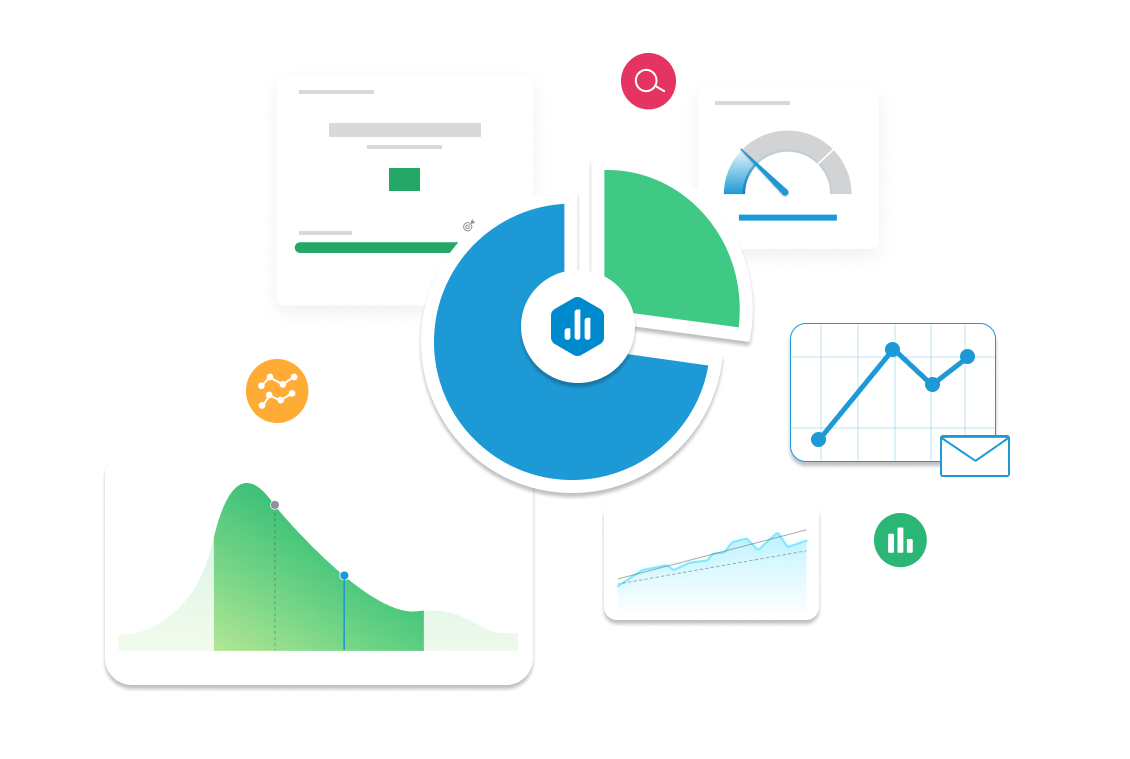What is Customer Acquisition Cost (CAC)
Customer Acquisition Cost (CAC) is a key metric that tells you how much it costs to gain a new customer. It includes all the sales and marketing expenses needed to turn a lead into a paying customer—like ad spend, software, salaries, and promotional costs. CAC is important because it helps you understand whether your growth efforts are financially sustainable.
This KPI shows how efficient your customer acquisition strategy is. A lower CAC means you’re gaining customers at a lower cost, which can lead to higher profits. A high CAC might mean your campaigns need adjusting or that you’re targeting the wrong audience.
The basic formula is:
CAC = Total Marketing & Sales Costs ÷ Number of New Customers
For example, if you spend $10,000 and acquire 100 new customers, your CAC is $100. Understanding CAC helps marketers, sales teams, and executives make smarter decisions about budget, pricing, and campaign performance.
How to Calculate Variants of Customer Acquisition Cost (CAC)
The basic formula for CAC is:
CAC = Total Sales & Marketing Costs ÷ Number of New Customers
But you can calculate CAC in different ways depending on what you want to learn:
1. Monthly or Yearly CAC
Track how much it costs to acquire customers over different time periods.
Example: If you spent $5,000 in April and gained 50 new customers:
CAC = $5,000 ÷ 50 = $100
2. CAC by Channel
This shows which marketing channels are most cost-effective—like social media, email, or paid ads.
Example:
-
Paid Ads: $2,000 spend ÷ 10 customers = $200 CAC
-
Email: $500 spend ÷ 10 customers = $50 CAC
3. CAC per Customer Segment
Segment by customer type (e.g., small business vs. enterprise) to tailor campaigns.
Why Customer Acquisition Cost (CAC) Matters
Customer Acquisition Cost (CAC) is essential because it shows how much you’re spending to win each new customer. This KPI helps businesses measure the efficiency of their sales and marketing efforts. A high CAC could mean you’re overspending to grow, while a low CAC indicates you’re acquiring customers more affordably—boosting long-term profitability.
CAC ties directly to key goals like growth, return on investment (ROI), and financial sustainability. For example, if CAC is $150 but the average customer brings in only $100 in revenue, you’re losing money on every sale. On the flip side, if CAC is $50 and the customer is worth $300, your strategy is working.
Marketers use CAC to evaluate campaign performance, sales teams monitor it to refine outreach, and executives rely on it to set budgets and growth plans. Regularly tracking CAC helps ensure your customer acquisition efforts are both effective and scalable, supporting smarter business decisions.
Related KPIs to Customer Acquisition Cost (CAC)
Customer Acquisition Cost (CAC) is deeply connected to other KPIs that influence profitability and business growth. Tracking them together gives a clearer view of how well your acquisition strategies are working.
CAC vs. Customer Lifetime Value (LTV)
LTV measures how much revenue a customer brings in over time. For your business to be healthy, LTV should be much higher than CAC. A good benchmark is an LTV:CAC ratio of 3:1. If CAC is $100 and LTV is $300, you’re on the right track.
CAC vs. Conversion Rate
If conversion rates go up, CAC typically goes down because you’re acquiring more customers without increasing spend. For example, improving your landing page can reduce CAC by turning more visitors into buyers.
CAC vs. Marketing ROI
CAC directly affects your return on marketing investment. Lowering CAC increases ROI, making campaigns more efficient.
Together, these metrics help marketers, sales teams, and executives align efforts for sustainable, cost-effective growth.




